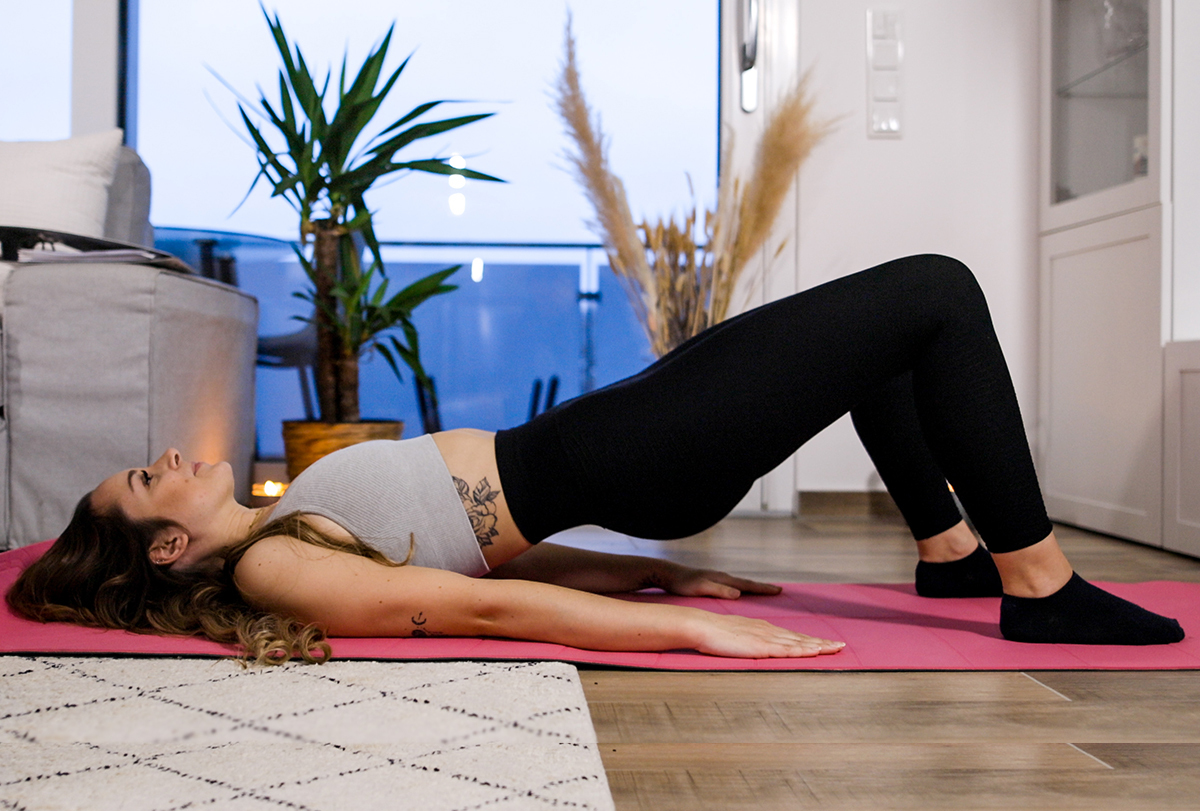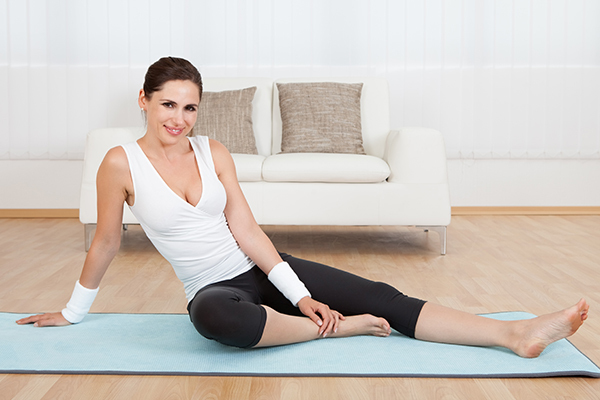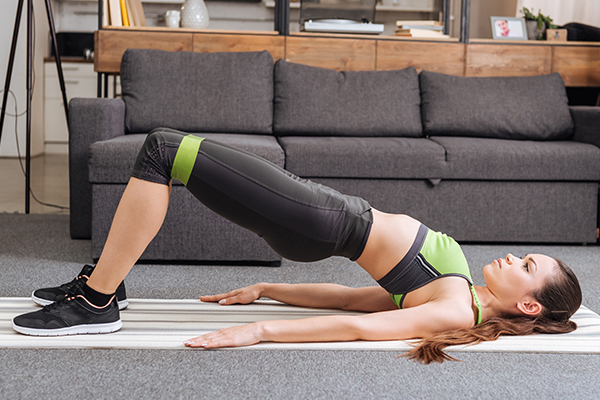In this article:
Every man and woman has muscles that make up the pelvic floor. They stretch from the front to the back of the pelvis and support the urinary bladder, rectum, small intestine, and uterus in women.

A tight and strong pelvic floor is needed to properly control the release of urine, stool, and gas. (1) But as you grow older, the pelvic floor muscles tend to weaken, making you more susceptible to fecal or urinary incontinence as well as excessive gas release. (2)
Plus, women may face this problem due to conditions such as pelvic organ prolapse, wherein the uterus, bladder, or bowel shifts downward and pushes against the vagina. (3)
Thankfully, there are exercises that are specifically designed to strengthen the pelvic floor muscles. These are called Kegel’s exercises.
Who Can Benefit From Kegel’s Exercise?
Some of the common factors responsible for the weakening of pelvic floor muscles are:
If you experience minor leakage of urine or fecal matter when you sneeze, you might benefit from Kegel’s exercise.
The benefits of performing Kegel’s exercise are as follows:
- Kegel’s exercise strengthens the muscles associated with the genitalia and, therefore, can assist with obtaining and maintaining an erection. (5)
- Kegel’s exercise can also teach you how to consciously relax these muscles, which is helpful if you experience pain during sexual intercourse or during pelvic exams. (6)
- Kegel’s exercise also improves blood circulation in the pelvic area, which can help with increasing sexual arousal. (7)
- The muscles of the pelvic floor, in both men and women, can lose muscle mass as a person ages, just like any skeletal muscle. This is significant for any woman experiencing menopause or any man experiencing prostate issues. In these cases, Kegel’s exercise can be thought of as a workout for pelvic muscles.
- A Kegel’s workout provides support for a woman’s uterus and urinary bladder while also improving her overall vaginal health.
- For men, a Kegel’s workout supports the bladder and may help with more productive urination. However, it does not address the larger problem of what causes an enlarged prostate. (8)
What Is the Best Way to Do Kegel’s Exercise?

To properly perform Kegel’s exercise, follow these steps:
- First of all, it is necessary to identify, within your body, which muscles make up the pelvic floor. The simplest way to do this is to try stopping urination midstream for 2–3 seconds. This action involves the tightening of the pelvic floor muscles and is itself a Kegel’s exercise.
- To train these muscles, try holding your pee midstream every time you go to the bathroom.
- For best results, you must focus on becoming conscious of the muscles and the muscle action. Avoid holding your breath.
- After a week or two, you will be sensitive enough to perform this muscle action without necessarily using the bathroom. They can be done while sitting at your desk or in your car or lying down on your back or even on your side.
- Perform 10 repetitions, 2–3 times per day. Increase the time of the hold until you can hold for 10 seconds.
Important points to remember:
- Do not hold your breath while performing Kegel’s exercisers.
- Squeeze the pelvic floor muscles together; this is not the same as a “pushing-down” action.
- Try not to engage the abdominal muscles.
- Relax the pelvic floor muscles in between each squeeze.
Final Word

Most people see positive results after 3–4 weeks of daily Kegel’s exercise. After a month or so, it should be possible to hold the squeeze for approximately 10 seconds.
You will notice a gradual improvement in your symptoms related to incontinence, prolapse, erectile function, sexual arousal, or other forms of pelvic dysfunction. However, if you don’t achieve the desired results or if you experience pain due to these exercises, consult a pelvic floor physical therapist to understand what you’re doing wrong.
- Was this article helpful?
- YES, THANKS!NOT REALLY


